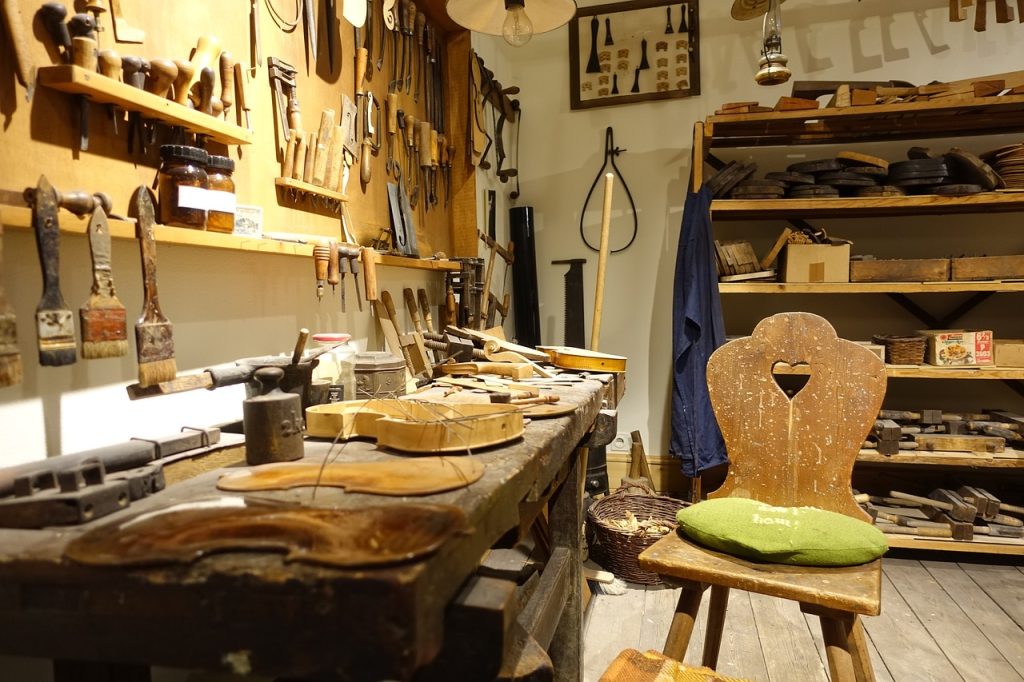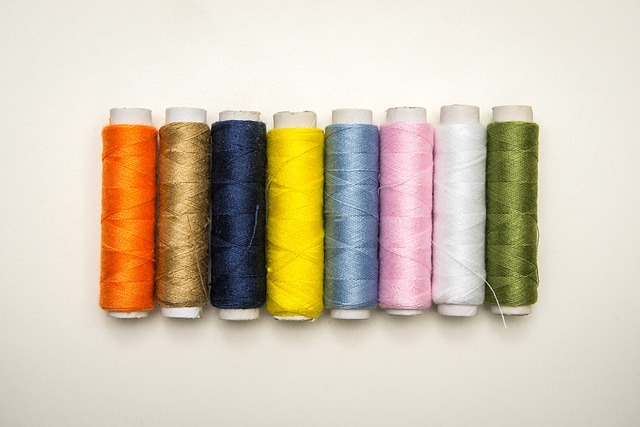Finding a trustworthy clothing manufacturer is a smart choice to start your journey with apparel. It allows you to have better control over your products and potentially gain higher profits.
However, finding a clothing manufacturer is not an easy task. This article helps you reach goals better and avoid mistakes along the way.
Key Considerations Before Contacting a Clothing Manufacturer
Finding a factory is a two-way process. On one hand, you need to identify the most reliable supplier to provide you with dependable products and friendly prices. On the other hand, factories also need to consider their orders. If you understand the product and are a reliable customer, the factory will prioritize your orders.
As a clothing manufacturer, we’ve encountered various clients in our business. Some clients lack industry knowledge and present unrealistic demands, leaving our design and production teams frustrated. Some clients are well-prepared and understand their products, which helps our collaboration and improves our business.
Regardless, it’s crucial to be well-prepared before seeking clothing manufacturers.
Clearly define your needs
- If your goal is to establish a brand, consider looking for suppliers that provide high-quality products with low minimum order quantities (low MOQ). Therefore, it’s crucial to ensure that your orders meet the factory’s MOQ requirements. Keep in mind that suppliers offering low MOQs may have slightly higher prices.
- If you aim to restock your store, seek vendors with readily available inventory. Some factories exclusively handle custom orders, while others, particularly wholesalers, maintain stock and primarily profit from selling ready goods. Before ordering cartons of in-stock items, contact the factory first to make sure they have enough stock for you.
- If you work in wholesale, you should look for factories that have a proven history of successful partnerships with wholesalers. These partnerships should have lasted for a significant period. Pay careful attention to the quality and pricing provided by suppliers to safeguard your profit margins.
Outline your production plan
- Specify your budget and the anticipated quantity for each order cycle.
- Determine your expected unit price for each garment.
- Set a production schedule. For the factory, the sooner you place the order, the better. However, you also need to consider your own warehouse capacity.
- If your supplier is in China, remember the Chinese New Year when planning your schedule for ordering. This festival typically falls between January and February, during which factories may have a break of around 3 weeks.
Have a basic understanding of what you are ordering

- Identify the accessories used in your garments and packaging, specifying their intended locations. You can check out this page to see the kinds of accessories used in apparel.
- Prepare in advance the patterns and logos you want to imprint on the finished products.
Communication tips with the factory
- Chinese factories work on weekends, so you can reach out to them if you have urgent matters.
- Many manufacturing professionals are not native English speakers, and some may rely on translation tools. Hence, it’s advisable to avoid using complex vocabulary during communication and to maintain a tolerant attitude towards their English proficiency.
- Be mindful of the jet lag.
Where to find clothing manufacturers
Trade show
There are lots of trade shows, such as Magic Las Vegas in Las Vegas, the International Apparel & Textile Fair in Dubai, and the Canton Fair in Guangzhou. At these events, you can explore a multitude of clothing companies and their new products. You can request their contact information and get in touch with them.
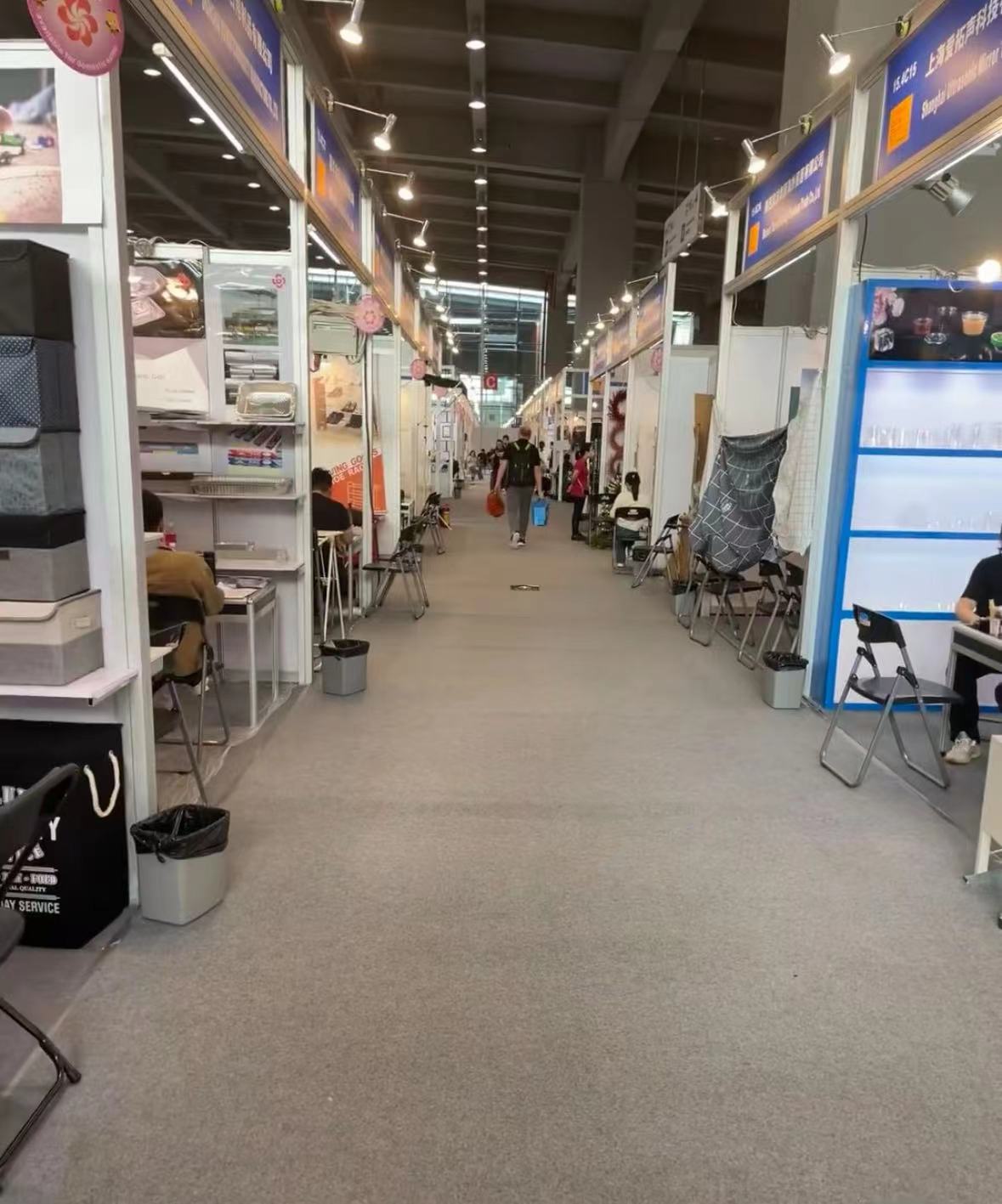
Since booth fees for trade shows can be costly, the companies that participate are typically of a certain size. As a result, their prices may be higher, and they might not entertain small orders. Nevertheless, these companies often uphold quality standards and value their reputation.
Additionally, some companies may employ tactics at trade shows, such as showcasing finished garments from well-known brands as their own samples, assuring customers that they can deliver the same quality in bulk. In reality, they might not have the capability to do so. Be cautious, as not all exhibitors at trade shows are reliable suppliers.
If you attend these trade shows, make sure to plan your schedule effectively. Walking around the exhibits can be exhausting, so it is important to stay energized.
Networking
You can connect with new suppliers through Google or social media platforms like Facebook, and assess their reliability based on their content. You can request suppliers to provide samples from previous work or pictures of their production workshops. Alternatively, you may consider purchasing a few samples to evaluate their craftsmanship and quality.
Blogs on Google and short videos on TikTok can serve as excellent platforms for suppliers to showcase their capabilities. You can gauge the professionalism of a factory by the quality of its content.
B2B website
Websites like Alibaba and Made in China are another good way to find suppliers. However, note that both websites charge sellers a significant annual fee, so the sellers you see on the website are usually well-established and sizable factories. While their prices might not be the lowest, the quality is often reliable. Suppliers on these platforms typically have mature solutions for various needs.
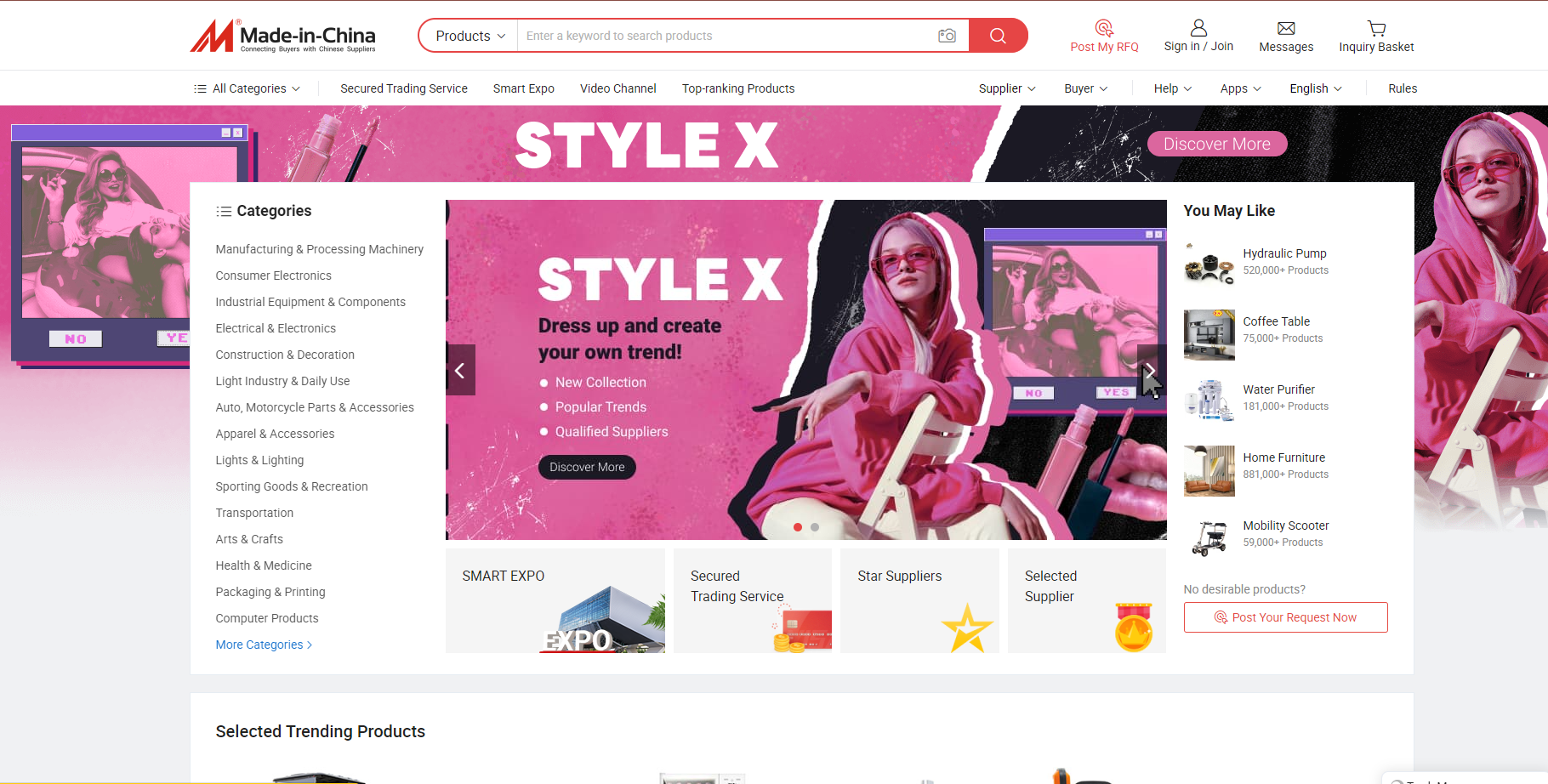
However, Alibaba is susceptible to various scams. Treating it as an information and product exploration platform is advisable. If you plan to place orders, we recommend starting with samples to ensure reliability.
Sourcing agent and trading company
Furthermore, utilizing a sourcing company or trading company can be a beneficial solution for your business. While they charge an additional commission, they take responsibility for every aspect of your order. Established trading companies often have established relationships with reliable suppliers who can deliver high-quality products, which can be challenging to find independently.
Visit by yourself
Direct visits are the most effective but also the most exhausting approach. Factories tend to be concentrated in specific industrial zones. For instance, around 80% of hotel slippers in China are produced in a small town of Yangzhou, and automotive accessories may be highly concentrated in 2-3 small county towns. If feasible, visiting local suppliers directly can yield the best results.
How to find a clothing manufacturer
Once you have determined a list of potential manufacturers using the aforementioned steps, you will need to begin assessing whether they are reliable suppliers.
Know your potential manufacturer
You need to start by understanding what your supplier mainly produces and whether those are the products you need. Typically, reliable suppliers focus on a specific range of products.
For example, pickable paddles mainly come in two materials: carbon fiber or poplar wood. Even though these serve the same purpose, they are made using completely different machines. So, if you come across a supplier claiming to produce both materials, they are likely a middleman and unprofessional.
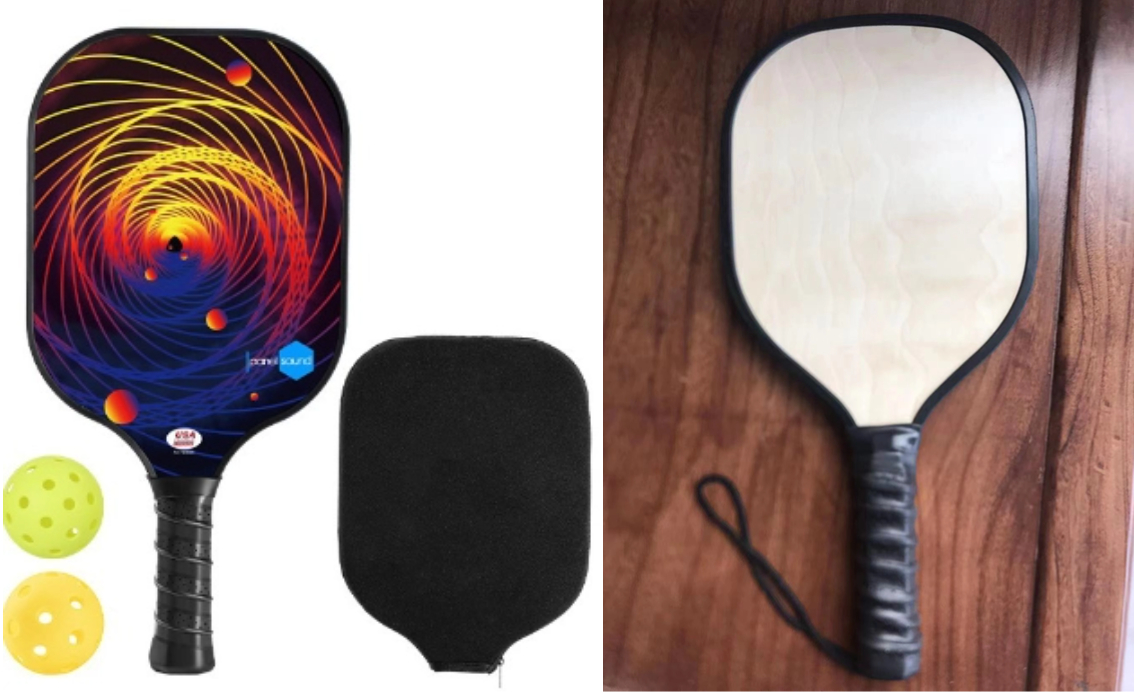
Secondly, you can check the supplier’s audit reports, if available. These reports, focus on the initial sections to understand their machinery and personnel details.
During this inspection, you can identify potential issues. For instance, if a supplier assures you they have a professional QA team for perfect quality control, but the inspection report reveals the absence of essential equipment such as fabric inspection machines in their factory, there may be a problem.
Next, initiate communication with the supplier to discuss basic product information and assess their understanding of the specific product. You can request them to provide pictures of past products and other materials to verify their level of expertise.
Start with sample
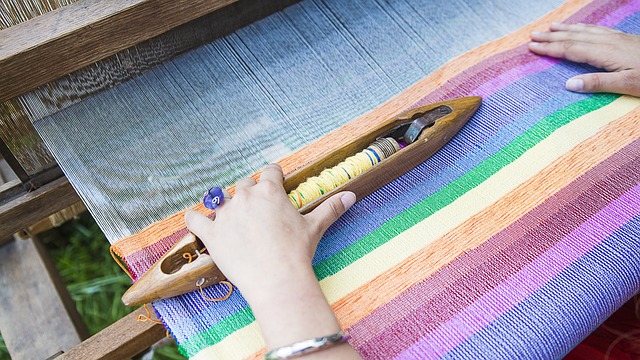
We strongly recommend that every order should be started with samples.
The next step is engaging in detailed discussions with the supplier about your product specifications, and once all details are clarified, request the supplier to make a sample.
It’s important to note that certain aspects may not be replicated exactly as in the final product. For example, when customers have specific color requirements for fabric with designated Pantone color codes. In the actual production process, this is achieved by dyeing the raw fabric in a dyeing vat. However, the minimum quantity for dyeing in a vat is typically a significant amount, making it impractical for samples. In such cases, factories may use digital printing to show the sample colors, which are closer to the actual effect but may still have differences. During the sampling process, it’s crucial to understand and accept these variations.
The lead time of samples typically isn’t too long. Once you receive the samples and are satisfied, you can proceed with more detailed discussions.
Negotiation before ordering
After organizing the order list for the supplier, you enter the negotiation stage. This phase involves crucial discussions on the following points:
- Price: Price is, of course, of utmost importance. Suppliers typically provide quotes based on your quantity and the complexity of the product styles.
- Quality: Quality is often referenced against the samples, highlighting why samples are crucial for the order.
- Delivery Time: Delivery delays are possible, so it’s essential to allocate sufficient time before placing the order and have contingency plans for any delays.
- Payment Method: The most common payment method is T/T (Telegraphic Transfer). If you need to use a Letter of Credit (L/C) or require a period of open account (OA), discuss this in detail with the supplier.
- Inspection Method: For large orders, it’s important to determine the inspection method. You can choose to commission a third party for sampling inspection or allow the factory to conduct inspections and maintain records.
Manage your manufacturers
We recommend that you always have 1-3 additional suppliers prepared and maintain good relationships with them. This way, if your primary supplier encounters issues, you can quickly turn to backups without disrupting your business. Typically, larger buyers have three suppliers in their contingency plan, with the top supplier receiving 80% of the orders, and the other two sharing the remaining 10%. This arrangement allows for a smooth transition to alternative suppliers if the primary one faces challenges.
Easy tips to avoid unreliable supplier
- Stay away from suppliers who claim to offer a wide range of products; they are likely unreliable middlemen. Genuine factories typically use specialized machinery to produce a limited range of products.
- Keep a constant eye on the quality and delivery issues of your products, and conduct necessary quality inspections. Avoid suppliers who consistently delay deliveries or provide subpar products.
- Pay close attention to the performance of the samples you receive. Generally, the quality of regular shipments should not exceed that of your samples. If you are dissatisfied with your samples, the bulk order may be even worse.
- Always be cautious of suppliers offering prices significantly below the market rate; they may be cutting corners or compromising quality in some way.

